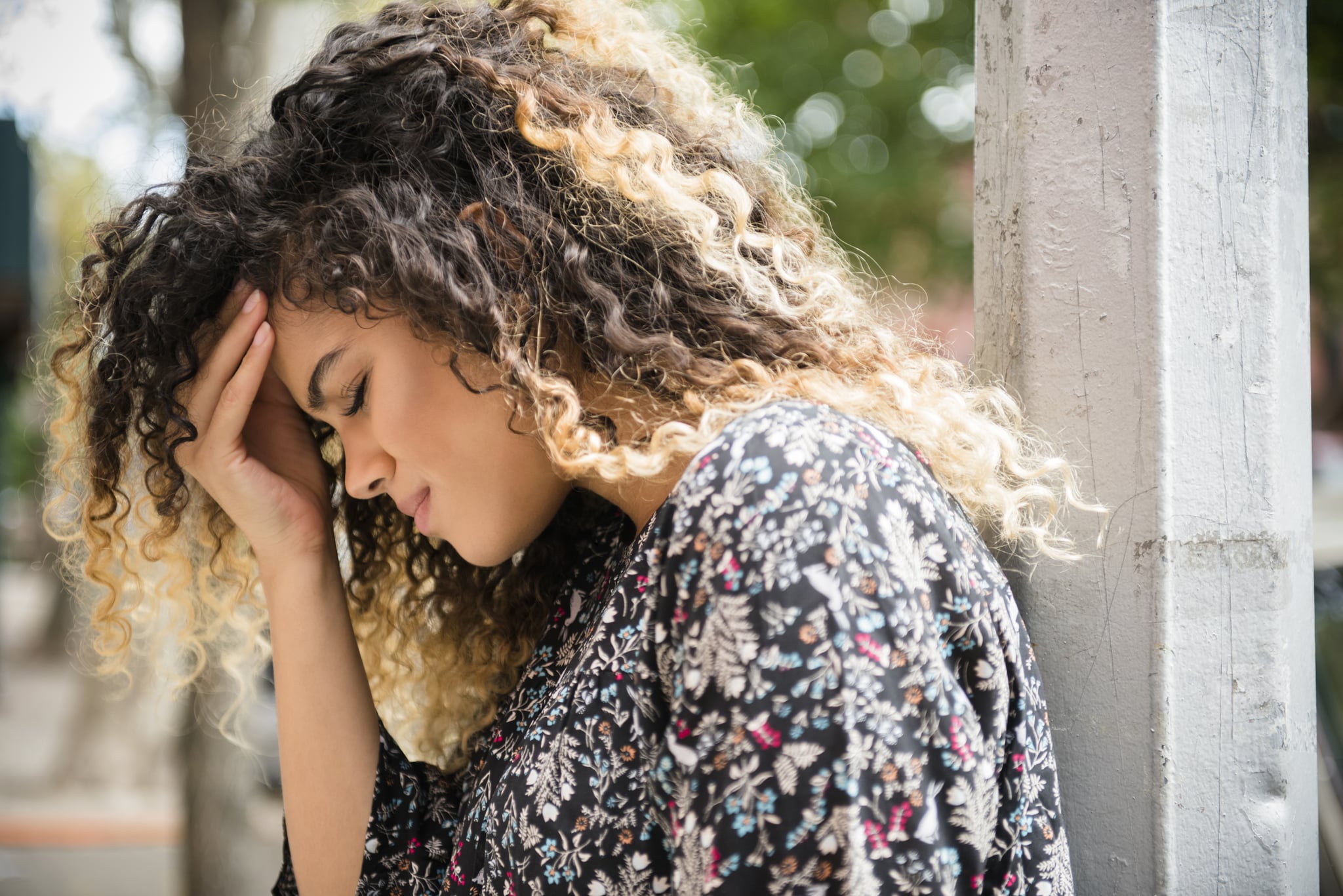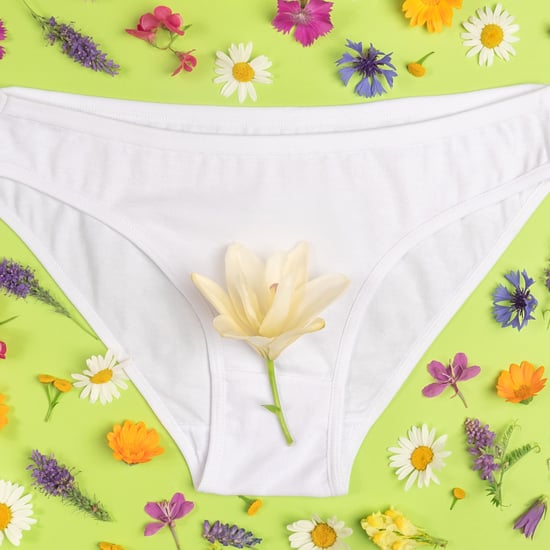Here’s How to Identify an Allergy Headache
Here's How to Identify an Allergy Headache, According to an Allergist

You're hydrating regularly and getting ahead of your stress, but your headaches won't quit — seasonal allergies may be the one trigger you haven't outsmarted.
According to the American College of Allergy, Asthma & Immunology, throbbing headaches that occur over the sinus area of your face (your cheekbones, eyes, bridge of the nose, and forehead) or on one side of your head are often allergy-induced.
"The usual seasonal-allergy headache will be associated with a lot of nasal congestion and other nasal and eye symptoms," Dr. Alan Goldsobel, MD, with the Allergy & Asthma Associates of Northern California, adds.
Throughout spring and early summer, Dr. Goldsobel explains that allergens — which generally create inflammation and swelling in the nasal passages and sinus cavities — can also trigger migraines in people who are prone to them.
If seasonal-allergy headaches are negatively affecting your quality of life, Dr. Goldsobel suggests that you see a doctor. In the meantime, over-the-counter medications like allergy antihistamines, anti-allergy nasal sprays, acetaminophens, or NSAIDs could help ease your pain.
Reducing your exposure to allergens by avoiding the outdoors during peak-pollen times — like midmorning, early evening, and while the wind is blowing — can also lower your risk of allergy headaches.
While inside, keep your doors and windows closed, wash your hands or take a shower after being outside, and use an air conditioner instead of a window fan. Cleaning your pets after they've been outdoors will keep pollen out and lessen your chances of experiencing head pain, too.
Yes, staying inside as the weather finally heats up is far from ideal, but it's a quick fix as you wait for an allergy-relief prescription from your doctor.
Click here for more health and wellness stories, tips, and news.







